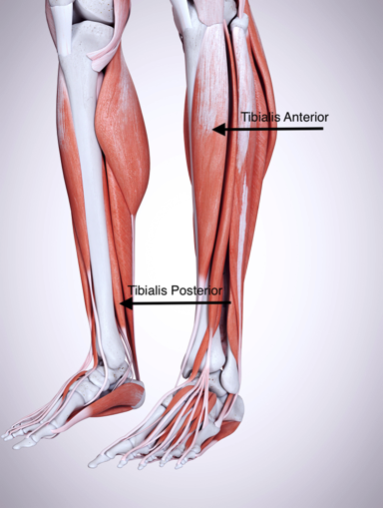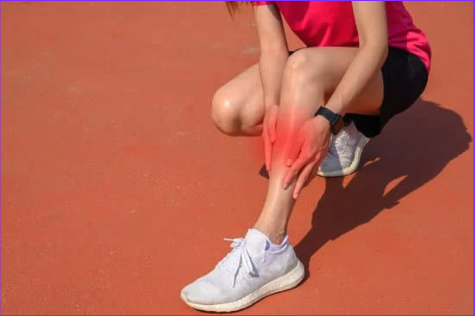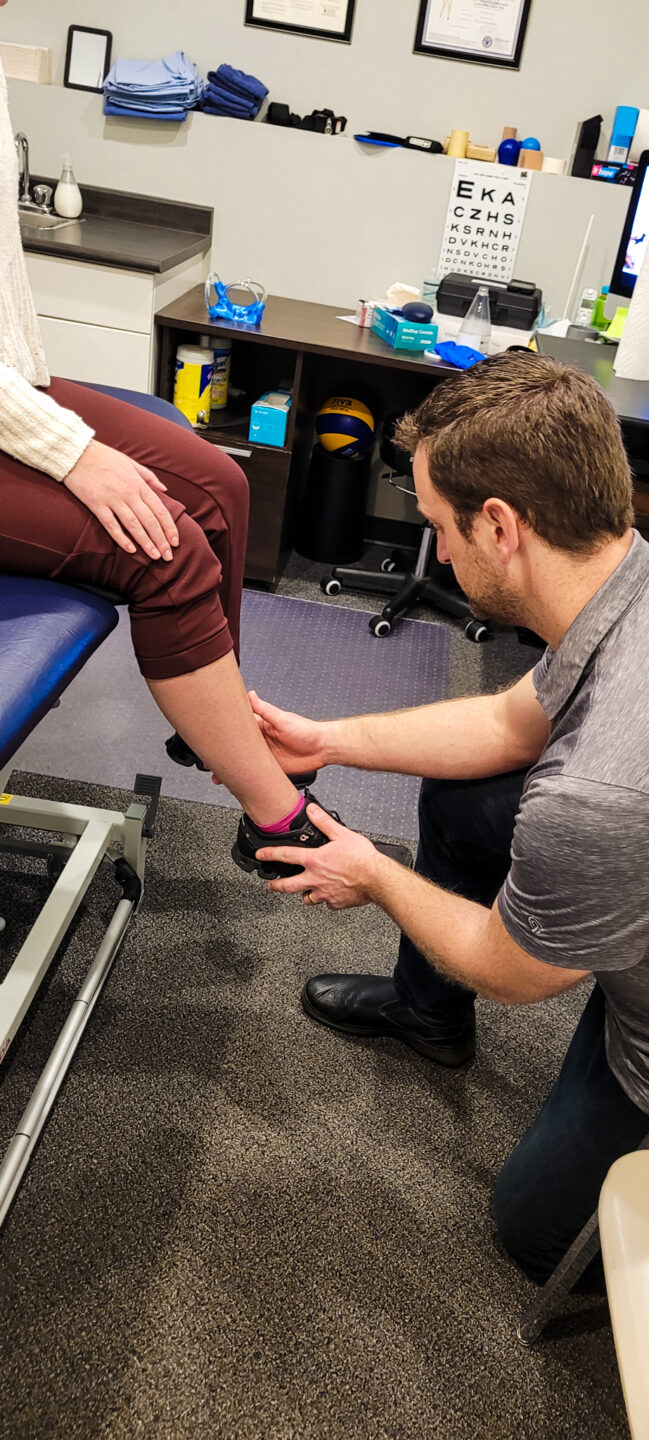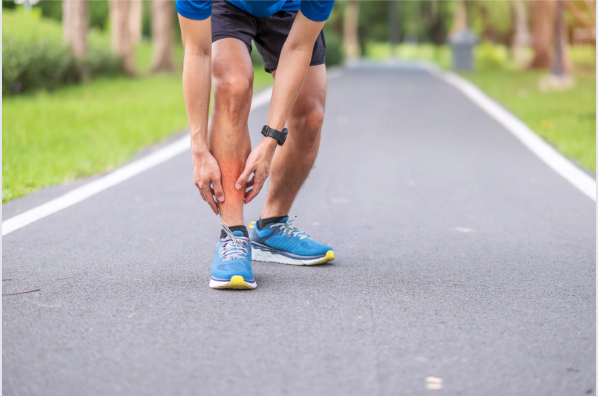What are shin splints?
The term shin splints refers to symptoms of pain in either the front or the inner (medial) aspect of the lower leg. The term shin refers to the tibia bone (the larger of the two bones in the lower leg) and the term splint refers to the crest or bony ridge along the shin. Surprisingly, the actual name of the condition describes the bone when the actual issue lies in the muscle surrounding the tibia bone.
Anatomy Lesson:
There are two types of shin splints that differ based on the location of the pain. The first type is anterior shin splints which affects the tibialis anterior muscle and its attachment on the front side of the lower leg. The second type is medial shin splints which affects the tibialis posterior muscle and its attachment on the tibia on the inner portion of the lower leg.

What causes shin splints?
Although shin splints can develop in a variety of ways, the mechanism is from repeated stress or impact through the lower leg. The most common cause tends to be a recent change in the individual’s activity. The change can involve increasing the volume of activity, poor footwear, a change in walking/running surface (soft vs hard, flat vs inclined, smooth vs uneven, etc.), or doing a different type of activity all together.
Running is a common way that a person may develop shin splints injury as it involves impact, repetition of select tissues. Therefore, new runners are highly susceptible. However, experienced runners may also encounter situations where they change their routine or start running in a new pair of shoes or on a different surface such as with a change in the weather or when away from home.
Are shin splints common?
Shin splints have been found to account for 10-15 % of running injuries.
Is it normal that my leg is sore to the touch?
Yes. One of the signs of shin splints is tenderness along the border of the tibia. It may be either directly over one of the tibialis muscles or where it attaches. Tenderness in a specific area also helps to distinguish which type of shin splints a person may have.


Will shin splints get better?
The good news is that shin splints is treatable and will resolve with the proper management. The most important factor is to stop or modify the aggravating activity until the condition has improved. Some things that a person can do at home may include: ice, massage and stretching the lower leg. Physiotherapy is very helpful as it can identify any mechanical faults or causative factors that would otherwise go unnoticed. Physiotherapy can also include the use of hands-on techniques, specific exercises, and modalities to help facilitate the healing process.
What if normal treatment is not helping?
In more serious or chronic cases a more in-depth assessment and possibly imaging may be needed. If the pain is not improving check in with your doctor or physiotherapist to get it checked out.

